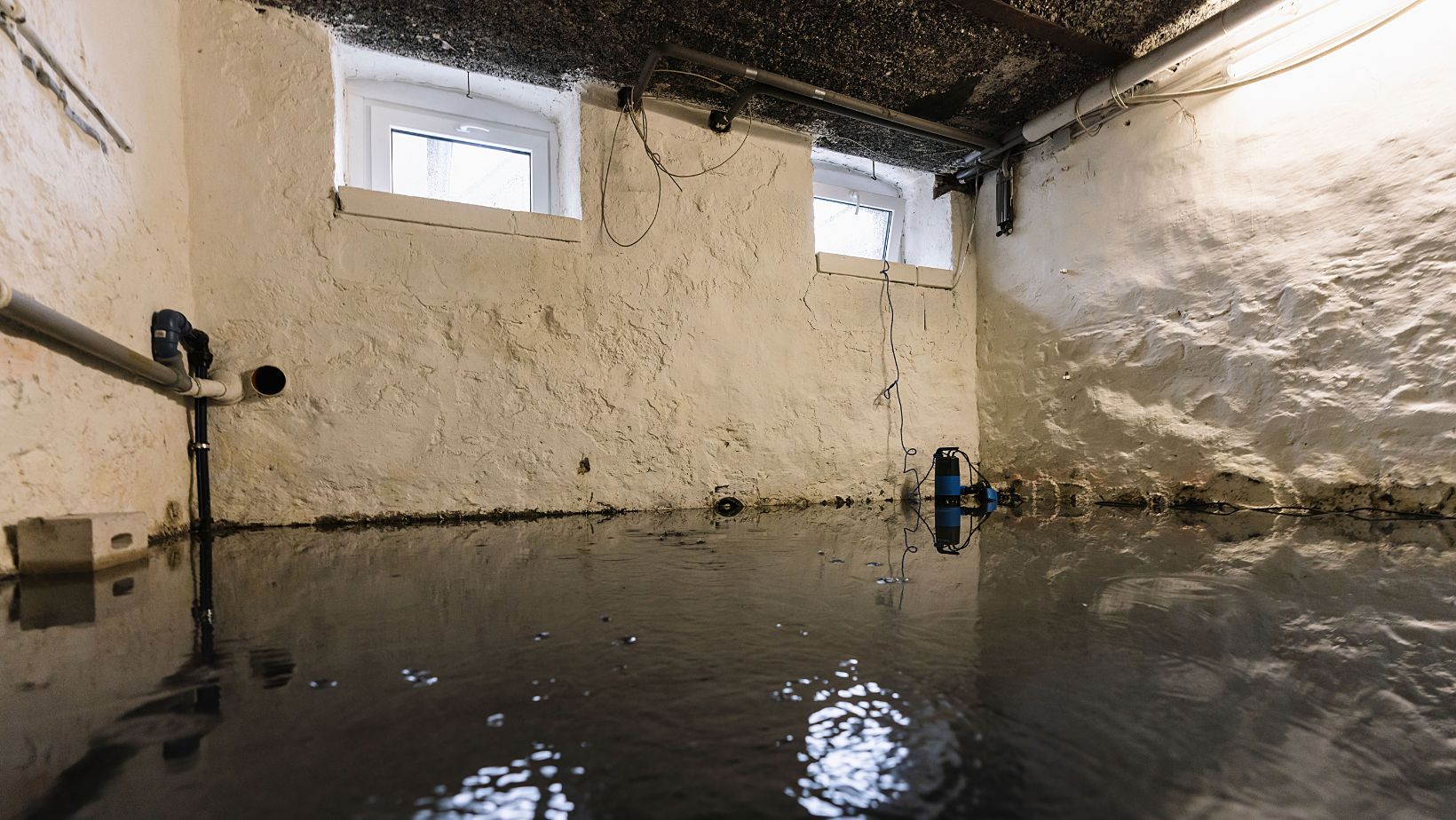12 Ways To Protect Your Home From Water Damage

Water damage can be your worst nightmare as a homeowner. It can ruin cherished possessions, which can lead to expensive repairs and even pose health hazards if mold begins to grow. Fortunately, preemptive steps can greatly reduce the risk of water damage to your home.
The following strategies can serve as a guide to safeguard your property from potential water-related threats.
-
Install High-Quality Gutter Guards
Gutters are designed to divert rainwater away from your home’s foundation. When they become clogged with leaves and debris, they can overflow, leading to pooling around the foundation or even backing up onto the roof. To prevent this, consider investing in high-quality gutter guards, such as LeafFilter, which ensure that only water enters the gutters, keeping out debris and minimizing the risk of blockages. Additionally, cleaning gutters becomes significantly easier and less frequent when a reliable gutter guard system is in place.
-
Regularly Check And Maintain Roofing
Your roof is a primary barrier against environmental elements. Any breach, be it from missing shingles or tiny cracks, can allow water to seep into the house. By regularly checking for signs of wear or potential entry points, you can address small issues before they become major problems. Additionally, ensuring that the roof has adequate ventilation and performing other essential maintenance tasks can prevent moisture buildup and condensation.
-
Seal Windows And Doors Properly
Over time, the seals around windows and doors can deteriorate or warp due to temperature fluctuations, allowing water to infiltrate. Therefore, it’s important to regularly inspect and replace damaged caulking or weather stripping to ensure that these potential entry points remain watertight. Furthermore, quality seals can help improve energy efficiency by preventing drafts.
-
Install A Sump Pump In The Basement
A sump pump is a device that collects and pumps out excess water from low-lying areas like basements. When functioning properly, it can be the last line of defense against basement flooding. To maximize its efficiency, ensure that the pump is equipped with a battery backup system for power outages and that its pit is free from debris that might cause clogging.
-
Regularly Inspect Plumbing
Water damage isn’t always from external sources. Internal leaks, often from aging or damaged plumbing, can cause extensive harm if not addressed promptly. Periodic checks on visible pipes, under sinks, and behind appliances can help spot potential issues.

For instance, utilizing braided stainless steel hoses, which tend to be more durable than rubber ones, can also reduce the risk of leaks from appliances.
-
Protect Against Frozen Pipes
Water expands when frozen, putting immense pressure on pipes and causing them to burst, resulting in significant water damage. Homes in colder climates should have pipes insulated, especially those in unheated spaces. When you keep your home at a consistently warm temperature and let faucets drip during extreme cold snaps, you can prevent freezing.
-
Landscaping Matters
The gradient and layout of your yard can dictate how water flows. Ideally, the landscape should direct water away from the foundation to prevent pooling and potential seepage. Incorporate plants that absorb a lot of water, like willows or rain garden plants, to help manage this excess water.
-
Install Water Detection Devices
Modern technology offers homeowners advanced water sensors that can be placed in high-risk areas. These sensors can provide real-time alerts (often through smartphone apps) if they detect moisture, allowing you to address water damage issues before they escalate and cause further complications.
-
Know The Main Water Shut-Off
In emergencies, stopping the flow of water is crucial to minimizing damage.

Hence, it’s important to know the location of the main shut-off valve and ensure it’s easily accessible, which can make a significant difference during a crisis. It’s also beneficial to label it clearly and educate all family members about its location and operation.
-
Check Appliances Regularly
Appliances that use water, like washing machines, refrigerators, and dishwashers, should be inspected routinely. Old hoses or fittings can fail, leading to slow leaks or sudden bursts. Replace the components every few years, even if they look fine, as it’s a good preventative measure for water damage.
-
Store Valuables Off the Floor
This doesn’t just apply to potential flooding scenarios. Small leaks or condensation can damage items stored on floors, especially in basements or garages. So, it can be a good idea to utilize shelves, pallets, or storage racks to keep possessions safe from unexpected water.
-
Educate Family Members
A proactive approach to water damage prevention is a collective effort. Ensure that everyone is aware of how their actions, from unclogging drains to monitoring water-using appliances, play a part in maintaining a dry, safe home environment.
Takeaway
Water damage can be a daunting and costly issue for homeowners. But by keeping the information mentioned above in mind, it’s possible to significantly reduce the risks. Whether it’s the strategic placement of landscaping, the use of trusted products for gutter protection, or the regular inspection of plumbing and appliances, a little diligence can go a long way in safeguarding a home from water-related threats.
-
Personal Finance5 months ago
How Do I Find My UCAS ID Number?
-
Success5 years ago
Consistency: The Key Ingredient to Success
-
Uncategorized5 months ago
What Does Conditionally Approved Mean For An Apartment?
-
Motivation2 years ago
How To Become a More Organized Person?
-
Others4 years ago
Work Health and Safety: 8 Reasons to Maintain a Clutter-free Office
-
Entrepreneurs3 years ago
Why Diversity is Key in Business Marketing
-
HK Pools5 months ago
The HK Pools Forum Comunity Jos Markotop 2D Warna Kuning – A Great Way to Stay Connected
-
Sport1 year ago
What Makes Soccer Betting So Great?



























